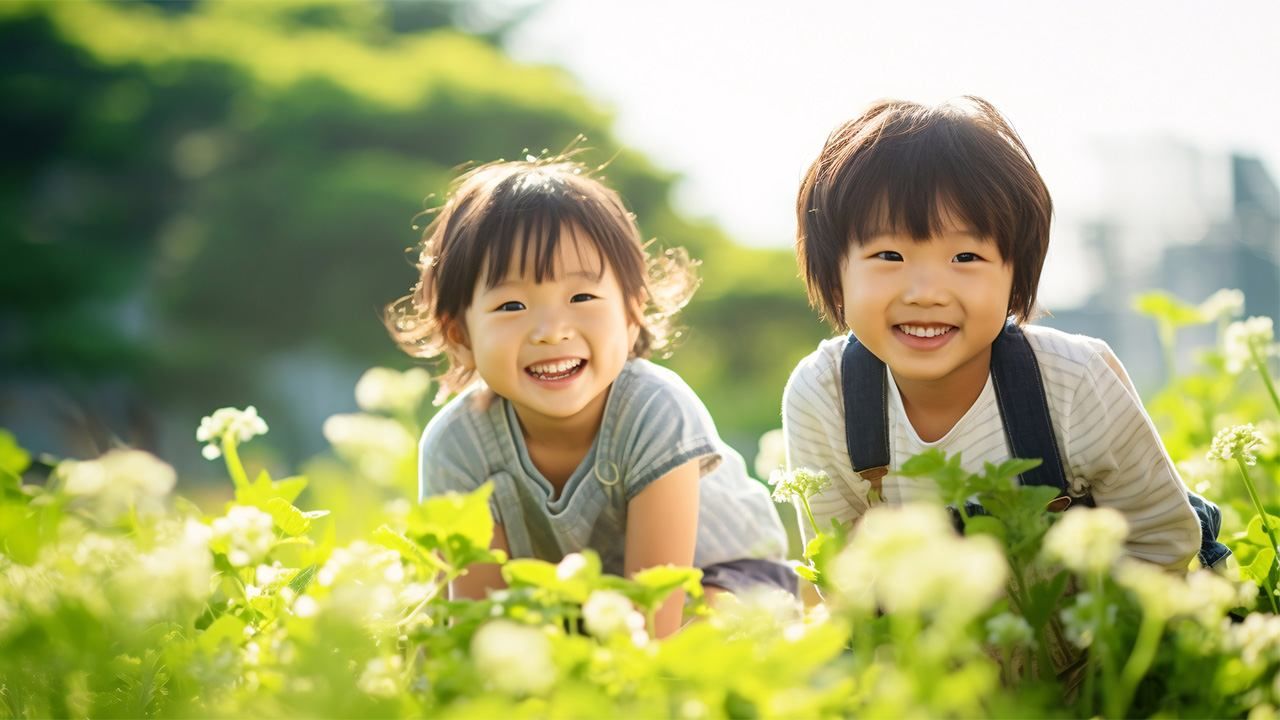
Japan’s Child Population Falls to New Low
Society Family- English
- 日本語
- 简体字
- 繁體字
- Français
- Español
- العربية
- Русский
Japan’s estimated population of children under the age of 15 was 14.0 million as of April 1, 2024, according to annual data from the Ministry of Internal Affairs and Communications, released on the May 5 Children’s Day holiday. This was 330,000 fewer than the previous year and marked the forty-third straight year since 1982 that the number has fallen. It is also the lowest on record since comparable statistics were first compiled in 1950. There were 7.2 million boys and 6.8 million girls. Children under 15 represent 11.3% of the total population, down 0.2 percentage points from the previous year, in the forty-ninth consecutive annual decline since 1975. Meanwhile, the population of those 65 or older numbers 36.3 million or 29.2% of the overall population. At around 2.6 times greater than the number of children, it demonstrates a significant demographic imbalance.
By prefecture, Okinawa had the highest percentage of children at 16.1%, followed by Shiga (13.0%), and Saga (12.9%). The lowest percentage was in Akita (9.1%), ahead of Aomori (10.0%) and Hokkaidō (10.1%). As a general tendency, percentages were higher in the west and lower in the east.
According to the United Nations Demographic Yearbook, Japan has the second lowest percentage of children among the 37 countries in the world whose populations are 40 million or greater. South Korea has the lowest percentage with 11.2%, followed by Japan (11.3%), Italy (12.2%), and Spain (13.5%).
By three–year age groups, children aged 12 to 14 were the most numerous, at 3.2 million, followed by 3.1 million for 9– to 11–year–olds, 2.9 million for 6– to 8–year–olds, 2.6 million for 3– to 5–year-olds, and 2.4 million for newborns to 2–year–olds.
(Translated from Japanese. Banner photo © Pixta.)

